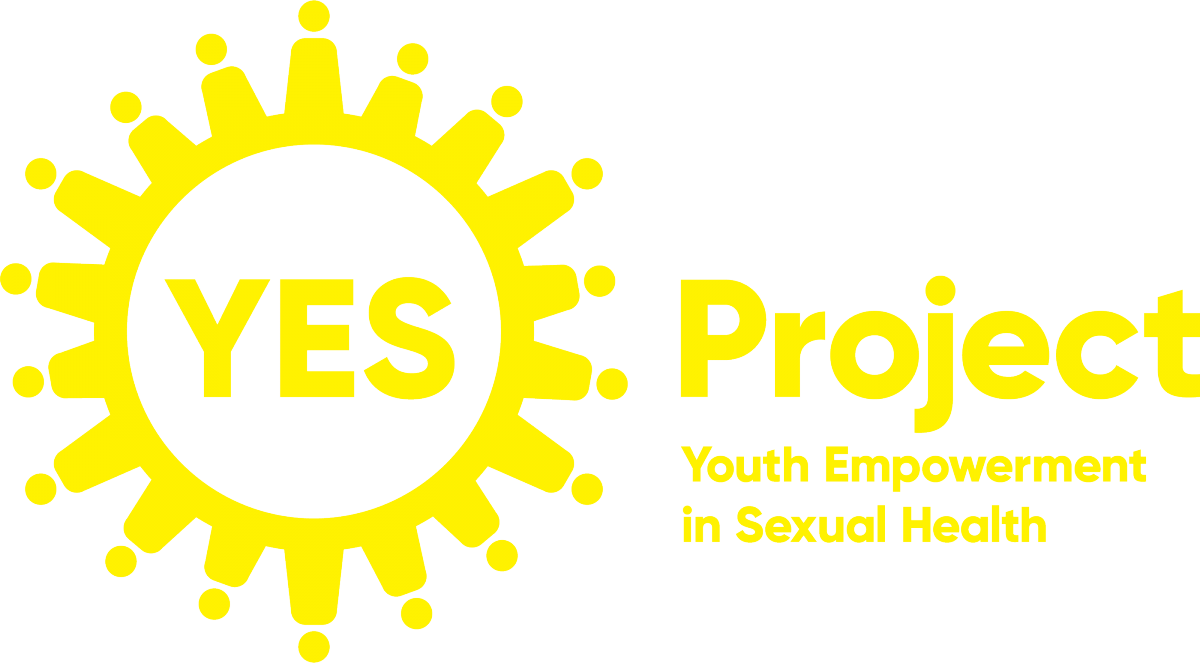Activity 3.2: Decision-Making
| ACTIVITY TWO | |||||
| Decision-Making | |||||
| Purpose | Learning Outcome | Materials | Time | ||
| The purpose of this activity is to enable participants to explore how they make decisions. | Participants will be able to develop their awareness around how they make decisions. | Handout ‘Decisions’ | 20 minutes | ||
| Introduction (explain this to participants) | |||||||||||||
|
Explain to the participants that decision-making is a huge part of life, every day people make decisions consciously and unconsciously. The more people can bring awareness to how they make decisions, the more confident they can be that their decisions are right for them. Some are relatively easy, and others are harder to make. The head informs how we logically think through decision-making and the heart or gut feeling are where our intuition come into play. Using a stick figure on flipchart paper circle brain, heart and gut with the following written next to each one and explain using the text below:
Intuition plays an important role in decision-making and research shows that both the heart and gut have neurons similar to the brain that pick up important information from our surroundings that help inform the decision-making process (Soosalu & Oka, 2012). The gut is involved in core identity while the heart is involved in emotional processing and values, and the brain in cognitive perception and thinking. Sometimes people feel that something ‘just doesn’t feel right’ and when this feeling is ignored it is often later regretted. It is important to differentiate between intuition and impulse, impulse being an unplanned spur of the moment decision that isn’t thought through. Good decision-making is the integration of both logic and intuition, so that information from both sources is used to inform the best course of action for the person. The word decision comes from the Latin word ‘decisio’ which means ‘to cut off’. To make a decision means cut off other options and choose one. |
|||||||||||||
| Part One | Method | ||||||||||||
| Ask the young people to break into smaller groups of 4-5 and give each group the handout ‘Decisions’. Go through the handout and take feedback from participants, supplementing the answers with information from the notes. | |||||||||||||
| Part Two | Scenarios | ||||||||||||
|
|||||||||||||
|
Read out this scenario so the group know what to do:
You are having a hard time with your friend; you think it might be time to move on, let them go and not be friends with them anymore. How do you decide what to do? Use the logic and intuition models to see how you would make the decision. Consider an example from your life if it helps. Note: It’s good for young people to have a process around their decision-making. This helps gain greater confidence in making the best choice for the person. A good trick is to write it all down. When all the possibilities, pros, cons, worst case scenarios and people it impacts, is out of the head, it makes it easier to evaluate the information and decide. Just thinking about it sometimes gets people more confused and muddled. It’s ok to delay a decision until sometime later when there is more information. Also check that the decision isn’t something that is being made on impulse especially if it has adverse consequences, delaying the decision may give it time to pass. For scenario 3 & 4 invite someone from those groups to read out the scenario for the wider group to hear and share what decision they came to. Link the decision to appendix 2 on contraception. |
|||||||||||||
| Discussion Questions | |||||||||||||
In the large group discuss:
. |
|||||||||||||
| Part Three | Practicing STOP | ||||||||||||
|
Explain that quite often when things happen to us in life, we make snap decisions and react out of habit. Instead of stopping and either connecting with our head and heart to choose how best to respond. It can be really hard to stop, take a breath, observe what is happening and then decide what to do in the heat of the moment. With practice this can become easier. It is fine to make decisions habitually, but when decisions matter it is important to consider both head and heart. A useful way of thinking about this is the following (write on the board and ask the participants to take it down in their journals): |
|||||||||||||
|
|||||||||||||
| Materials | |||||||||||||
|
Handout ‘Decisions’ |
